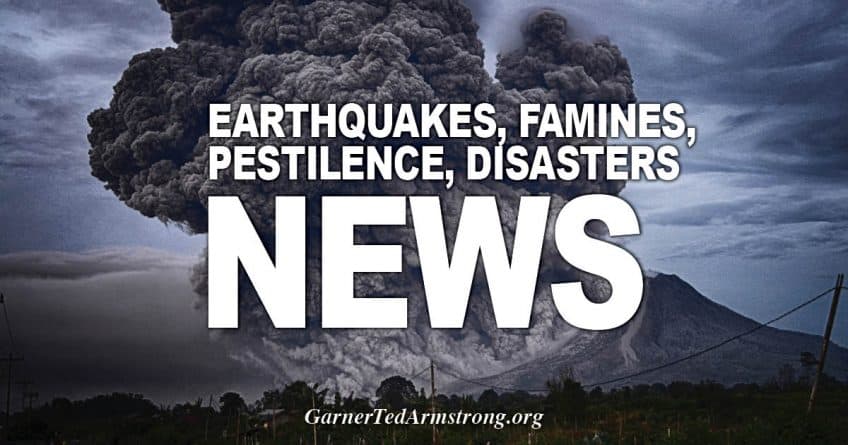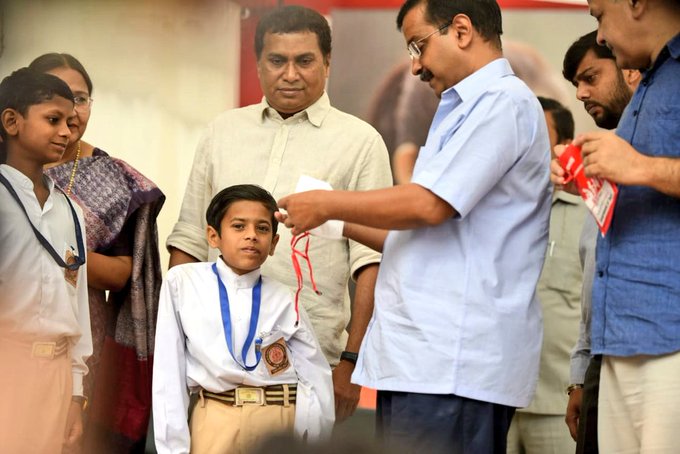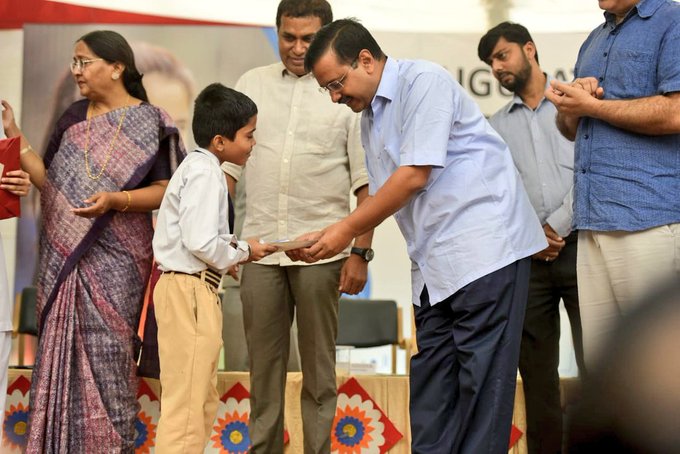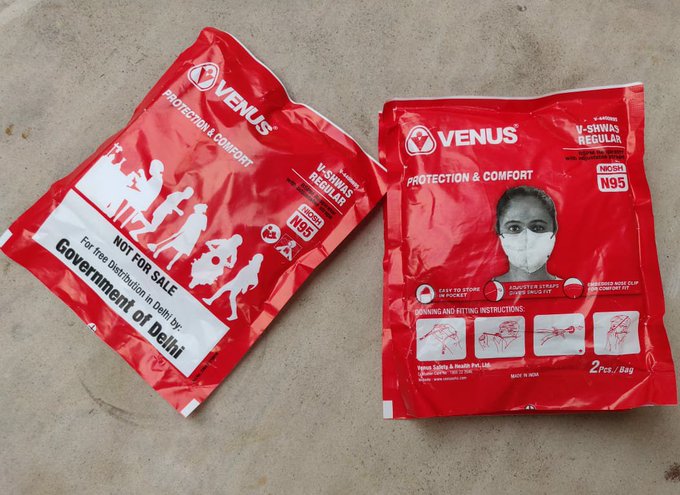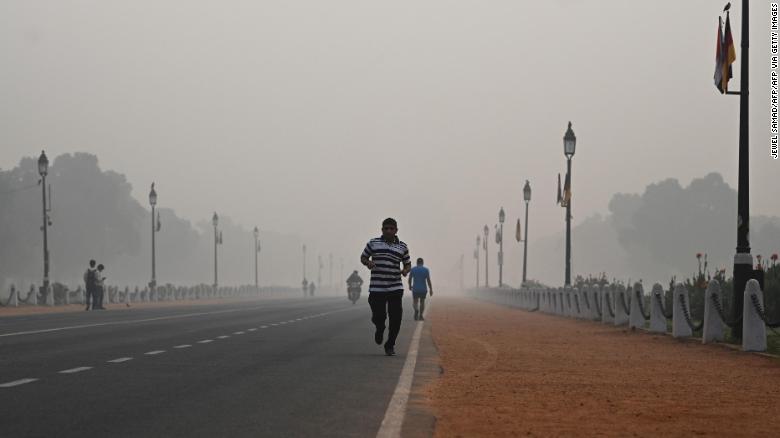
A man jogs along a street under smoggy conditions in New Delhi on November 1, 2019.
India’s capital — which has been ranked the
most polluted city in the world — experienced hazardous levels of pollution on Friday afternoon, shooting up to as high as 743 particles of PM2.5 per cubic meter on the air quality index in some areas. Any level above 100 is considered unhealthy.
If air pollution stays at this level for more than 48 hours, authorities will implement emergency measures for the first time this year, a Central Pollution Control Board official told CNN. Those measures include shutting schools, stopping construction work, banning trucks from entering the city, and imposing a rule whereby cars with odd and even number plates can only drive on alternate days.
On Friday,
Delhi‘s Chief Minister Arvind Kejriwal announced that authorities had started to distribute 5 million face masks to schoolchildren in the city, which is home to over 18 million people.


